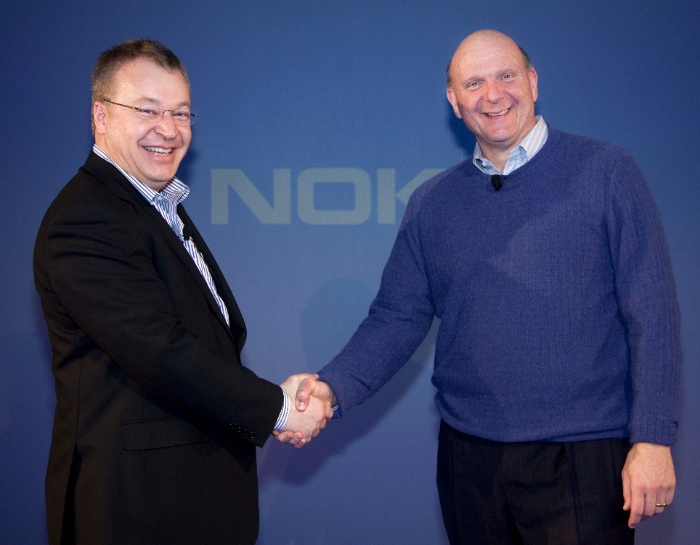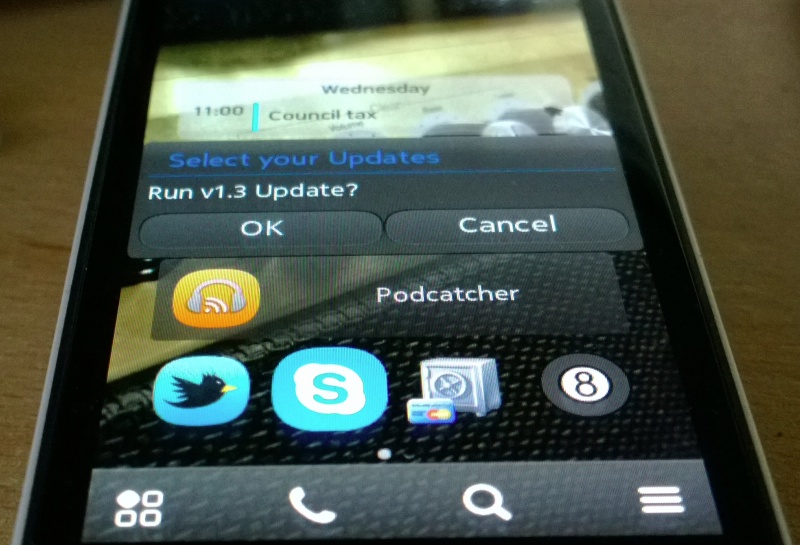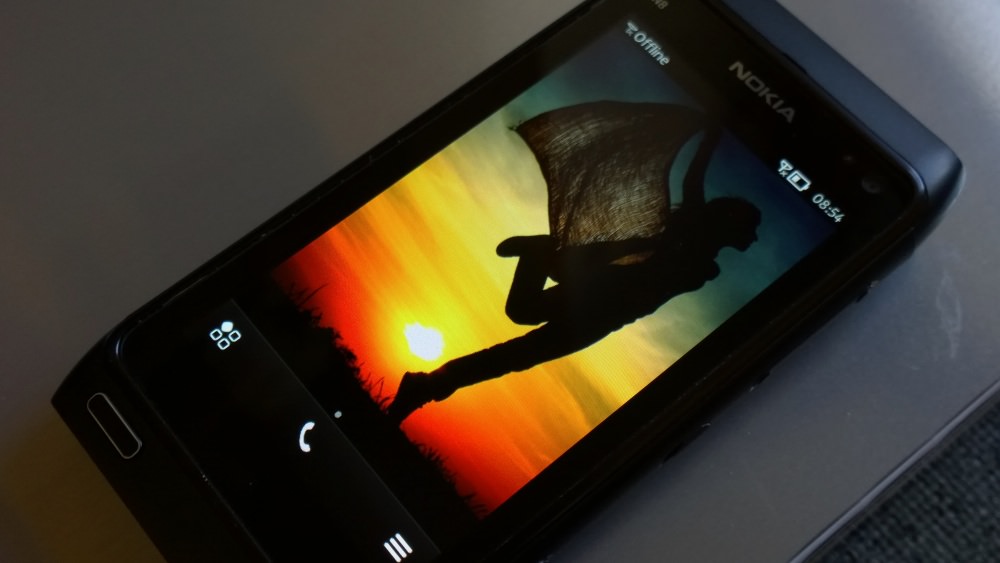'Support until 2016'
First of all, what does a phone manufacturer mean by 'Support'? I'd venture, as a minimum:
- someone to pick up a phone when called, or respond in an online forum, to answer user questions
- hardware warranty, and repair facilities after that
- patches and fixes for OS and core application bugs and incompatibilities
Number 1 is still in place, at least, via Nokia Discussions, and number 2 is nominally still relevant, with a network of Care Points across the world, though the actual warranties will have run out now for just about every Symbian device, so we're only talking about repair facilities. However, in many cases, if spare parts are needed, they won't actually be available, since they're no longer made. It would be unrealistic to expect any company to keep a massive parts inventory for so many models years after their warranty ran out - but hey, you might still get lucky.
Number 3 is the controversial one, of course. The enthusiast's position is that bits are bits and bytes are bytes, and support was promised until 2016, so why can't this part, at least, be honoured?
Indeed. But honoured by whom? The original (massive) Symbian development teams at Nokia (and then Accenture) have been almost completely disbanded, the company itself officially abandoned all software development for the OS at some point in 2012, the application Store got frozen and the relevant part of Nokia itself was bought up, lock stock and barrel, by Microsoft over the last 12 months. So who exactly do users think is going to code such fixes and patches?
A good example is the recently discovered bug in QtWebKit, whereby changes on an OAuth web login screen were enough in Symbian Qt-based applications to crash the OS completely. It's a low level bug and probably fairly easy to fix - if there was anyone left with access to the code. And build tools. And update servers.

Symbian's death being signed and sealed. Elop has now moved jobs at least once and is back at Microsoft, where he started, now looking after Microsoft's device's division - otherwise known as er.... what was left of Nokia's handset division after the disastrous 2011/2013 period; Ballmer resigned this year - some point towards the Windows 8 fiasco as the main reason here. An infamous photograph?
When chatting to a Nokia staffer at the Lumia 1020 launch, I asked how morale was internally, what with Symbian being axed (a year before) etc. "Oh", the lady said, "Morale is great, anyone upset about the OS change left ages ago." Which is telling, really. Getting a patch or update out for any part of Symbian OS is now just about impossible, I'd say, there simply aren't any joined up resources left to accomplish such a thing.
Bit by bit, as the online world changes (APIs, OAuth, etc.), the greater the chance that more and more of Symbian's online 'hooks' will break. Some of these are down to the OS and can't be fixed anymore. Some are down to third party applications and may or may not be addressed, depending on the developer and whether they too have abandoned their Symbian developer toolchain/machine.
Status, mid-2014
Of course, all the standalone 'converged' functions that made Sumbian and its hardware great are still there and working as advertised - devices like the N8, 701 and 808 are still great phones - but in 2014 we live in a very different world and the chances are that most things you'll want to do involve the Internet to some degree. Even humble Gmail and Google PIM sync is now a pain unless you pay Nuevasync for the privilege.
In short, 'Support until 2016' was a laudable aim, but is only true in a rather tenuous fashion in 2014. And there's no one to shout at, since Microsoft won't be interested in the slightest. It's like buying a car from one manufacturer and then, two years after another company takes them over, complaining at the latter that the former had promised engine upgrades when you bought the vehicle. "Sorry, nothing to do with us, that was before our time" will come the reply.
What about custom firmware? Despite petitions for Nokia to release Symbian's last known source code, this never happened. Unsurprisingly, since a surprising amount of work is needed to clear 10 million lines of code for public release into a repository. Copyrighted modules, existing licenses, etc. It's a minefield. So CFW builders like the Delight team have to work from binaries, adding to the OS where they can, modding where they can, but ultimately just patching up an OS that's now fallen into disrepair. Still, it means that any Symbian enthusiasts can at least hobble along for the time being.

Applying a post-flash update to Delight CFW on a Nokia 808 Symbian phone....
The future?
Perhaps the best approach for someone in love with their (e.g.) Nokia 808 or N8 is to think of the phone as a converged device circa 2008, i.e. telephony, superb photography, music playback and navigation, but only rudimentary online functions, and to use the Symbian device on conjunction with a small tablet powered by iOS or Android.
That approach has a lot of plus points, spoilt only by the patchy support for getting a tablet online using the Symbian device as a conduit, due to Wi-fi hotspot standards changing in recent years ('ad hoc' rather than 'infrastructure'). So you'd probably need at least a data SIM in the tablet, unless you'd be confident of external wi-fi when needed. There's no one easy answer.
What about moving away from Symbian? At least there's hardware in the mobile world that's roughly as capable and more modern. Samsung's Galaxy K Zoom is arguably a match for the Nokia 808 in a lot of ways and Android's flexibility and expansion mirror Symbian, while Nokia's Lumia 1020 is now dirt cheap (well under £300, SIM-free) and has the same 41MP sensor and oversampling, etc. And both options give you the Xenon flash. There IS life after Symbian, trust me.
But please don't parrot the 'But Nokia promised us...' line anymore. Yes, you can be cross at Stephen Elop, at Microsoft, at Nokia's board, at Elop's predecessors, and all are to blame for Symbian's fall from grace. But, even if any of these were to hear your cries, there's almost nothing that can be done anymore.
Sadly. Very sadly.

